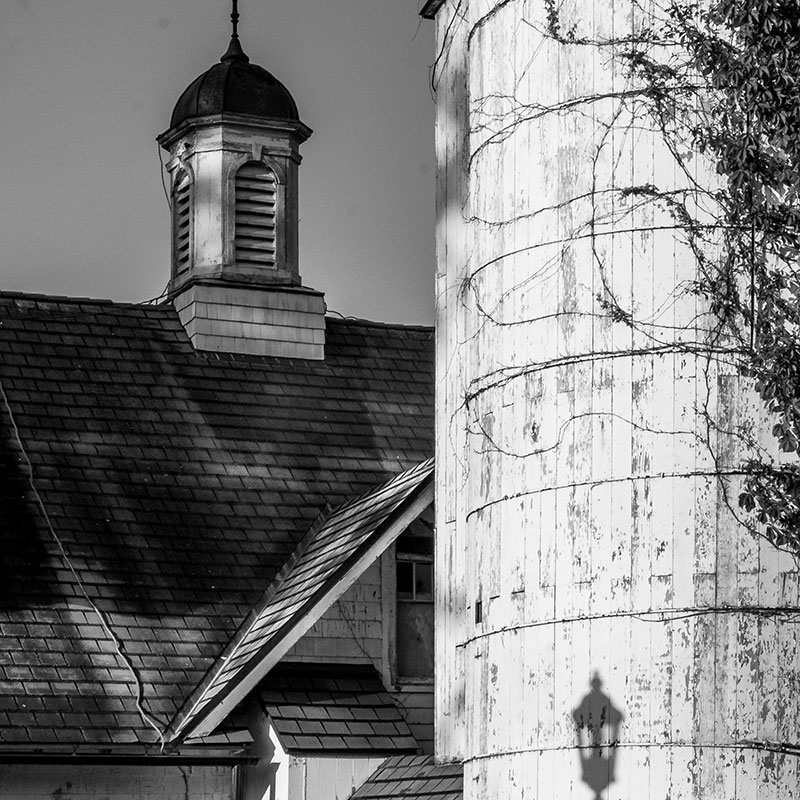Before you build your dream house in the country, thoroughly investigate the surroundings.
During the last several decades, more and more city people have migrated to rural areas to pursue their modern American dreams. They seek a peaceful place in the country, away from the noise and crime of cities. Many choose homes in modest (or not so modest) subdivisions that press into formerly agricultural lands.
This intrusion of urban life into rural life results in an inevitable conflict. How surprised some neighbors are to wake up one spring morning to roaring machinery, buzzing flies, the stench of manure and a mist of pesticides in the air. And how angry many become when they learn that they can’t do anything about it.
The Legal ‘Right to Farm’
States now give farmers a basic “right to farm” without the fear of lawsuits brought by offended neighbors. As one judge remarked while dismissing a lawsuit against a hog farmer, “pork production generates odors which cannot be prevented, and so long as the human race consumes pork, someone must tolerate the smell.”
Before the right-to-farm laws were enacted (most of them in the 1980s), courts shut down many a farmer’s operation because it was a nuisance to the neighbors. For example, a group of annoyed neighbors, whose homes had sprung up around a Massachusetts hog farm, sued and closed it in 1963.
Some judges tried to strike a middle ground and ended up applying restrictions that would let the farming operation continue. A Florida court, for example, allowed a hog farm to stay in business but limited how many hogs the farmer could have. The judge also issued instructions on how to store and feed the garbage the hogs were accustomed to eating.
In another case, retirees at Sun City in Arizona discovered that they had traded their frigid climates for warm breezes laced with the odor of a cattle feedlot. A resulting lawsuit closed down the feedlot, but the judge ordered the developer of the community to pay the cost of relocating the cattle operation.
The right-to-farm laws take judges out of the farm management business and protect farmers from the nuisance laws that apply to ordinary neighbors. Every state in the country has passed a right-to-farm law.
North Carolina’s law is typical. It declares that an agricultural operation which has existed for a year without being a nuisance is presumed not to be a nuisance even when new neighbors move in. If the farm operations are conducted in a reasonable manner, the new neighbors can’t legally complain.
Several states list specific annoyances that are not considered a legal nuisance to neighbors. The lists include odor, noise, dust and the use of pesticides — the very conditions which, without the laws, could lead to a lawsuit by a neighbor.
Right-to-farm laws do not give farmers complete freedom to do as they please. Farmers must operate in a legal and reasonable manner to be eligible for the law’s protection.
Some states — New York, for example — do not allow a protected farming operation to undergo a large increase in size. Many don’t allow farmers to substantially change what they are doing if they are to remain protected under the law.
Counties in some states have also adopted their ownright-to-farm laws. Some of them include a mediation or arbitration procedure to handle neighbor complaints.
Sniff Before You Leap
Before you build your dream house in the country, thoroughly investigate the surroundings. That lovely wooded hillside you see from your window may be all that stands between you and a cattle feedlot. If all is well when you visit in February, remember that the scene may look (and smell) quite different in the heat of August. Do not assume because a new subdivision will be large,beautiful and expensive, farming operations may not be a problem. Use your head and do some checking on your own.
If you buy property that someone is already living in, the seller may be required to reveal to you any conditions that may create an annoyance. California, for example, requires sellers, rural or urban, to give buyers disclosure forms that list any neighboring problems, including noise, odors and dust. A few counties in California that have adopted local right-to-farm laws now also require sellers to disclose facts about nearby farming operations.
Laws requiring developers to disclose the existence of protected neighboring farm operations cannot be far behind.
You can find and read both state laws and county ordinances in a county law library or on the Internet. For help with legal research, see Statutes and Cases.
|










